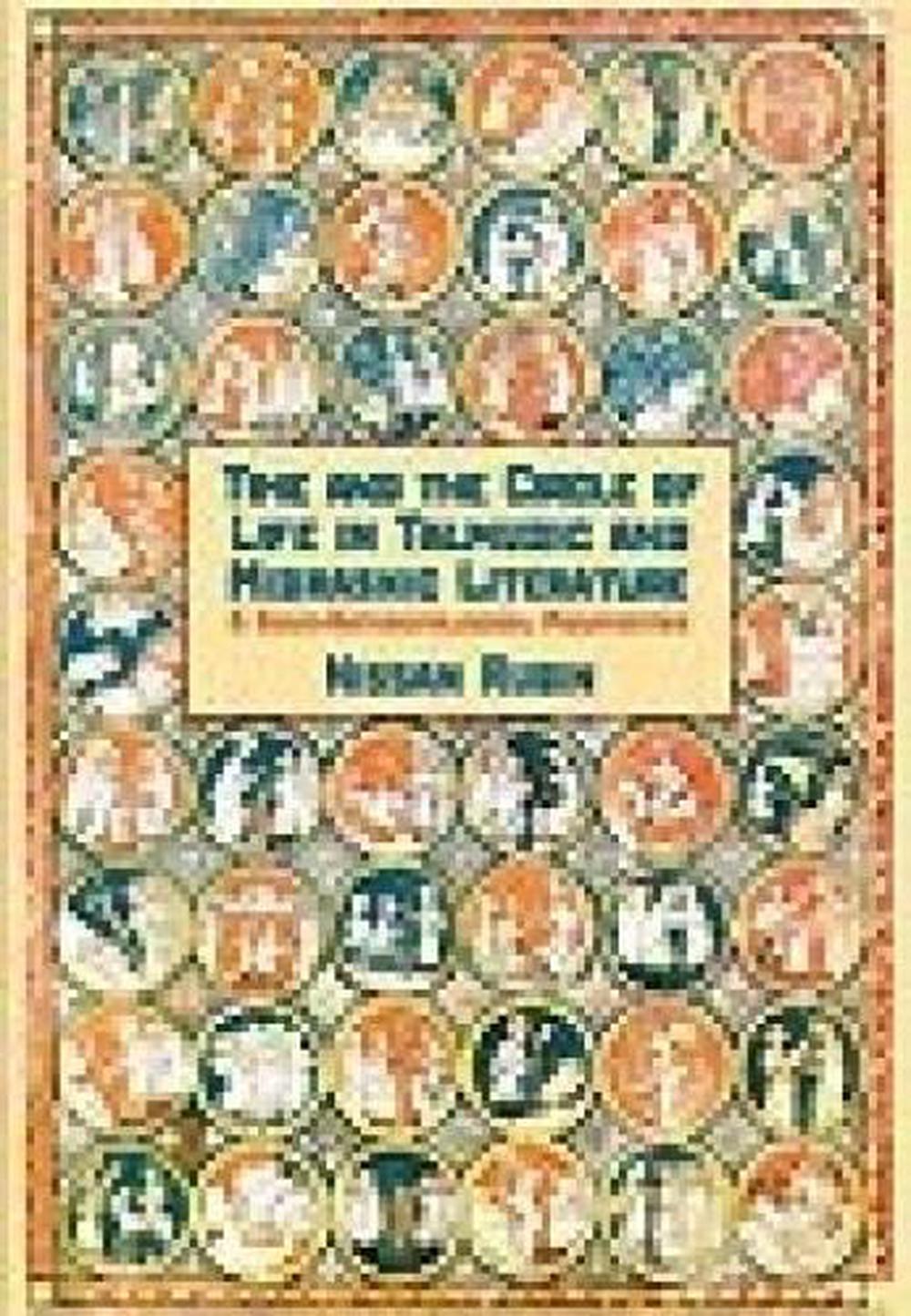
When you click on links to various merchants on this site and make a purchase, this can result in this site earning a commission. Affiliate programs and affiliations include, but are not limited to, the eBay Partner Network.
Time and Life Cycle in Talmud and Midrash: Socio-Anthropological Perspectives by

- Item No : 236246149243
- Condition : Brand New
- Brand : No brand Info
- Seller : the_nile_uk_store
- Current Bid : US $41.76
-
* Item Description
-
The Nile on eBay

Time and Life Cycle in Talmud and Midrash
by Nissan Rubin
Examines Jewish life in the Talmudic period through the lens of Jewish law and custom of the time. The essays present the cultural perspective of the sages and scholars who produced the stepping-stones of Jewish life and custom. By using a structural approach, Rubin is able to identify processes of long-term change in a society that remains largely traditional and stable.
FORMAT
PaperbackLANGUAGE
EnglishCONDITION
Brand New
Publisher Description
Focusing on the concepts of time and the life cycle, this collection of articles examines Jewish life in the Talmudic period through the lens of Jewish law and custom of the time. The essays are the work of Nissan Rubin (one of them written in collaboration with Admiel Kosman) and come together to present the cultural perspective of the sages and scholars who produced the stepping-stones of Jewish life and custom. By using a structural approach, Rubin is able to identify processes of long-term change in a society that remains largely traditional and stable. Symbolic analysis supplies an additional dimension to these studies, enabling the reader to experience the cultural subtexts.
Table of Contents
Preface; The Sociology & Anthropology of Talmudic Texts; The Clothing of the Primordial Adam as a Symbol of Apocalyptic Time in the Midrashic Sources (with Admiel Kosman); Brit Milah: A Study of Change in Custom; Coping with the Value of the Pidyon Ha'ben Payment in Rabbinic Literature: An Example of a Scoial Change Process; Birth & Marriage Rituals: Women's Status in a Critical Reading of the Texts; The Sages' Conception of the Body & Soul; From Corpse to Corpus: The Body as a Text in Talmudic Literature; Birkat Avelim -- The Blessing of Mourners: Ritual Aspects of Social Change; Index.
Long Description
Focusing on the concepts of time and the life cycle, this collection of articles examines Jewish life in the Talmudic period through the lens of Jewish law and custom of the time. The essays are the work of Nissan Rubin (one of them written in collaboration with Admiel Kosman) and come together to present the cultural perspective of the sages and scholars who produced the stepping-stones of Jewish life and custom. By using a structural approach, Rubin is able to identify processes of long-term change in a society that remains largely traditional and stable. Symbolic analysis supplies an additional dimension to these studies, enabling the reader to experience the cultural subtexts.
Details
ISBN193623503XAuthor Nissan RubinShort Title TIME & LIFE CYCLE IN TALMUD &Pages 236Publisher Academic Studies PressLanguage EnglishISBN-10 193623503XISBN-13 9781936235032Media BookFormat PaperbackYear 2008Imprint Academic Studies PressPlace of Publication BrightonCountry of Publication United StatesNZ Release Date 2008-05-15US Release Date 2008-05-15Publication Date 2008-05-15UK Release Date 2008-05-15Subtitle Socio-Anthropological PerspectivesAlternative 9781934843079DEWEY 305.89240901Audience GeneralSeries Judaism and Jewish LifeAU Release Date 2008-08-06Illustrations IllustrationsCountry of Origin GBProduct Class Description Social Studies: General


















